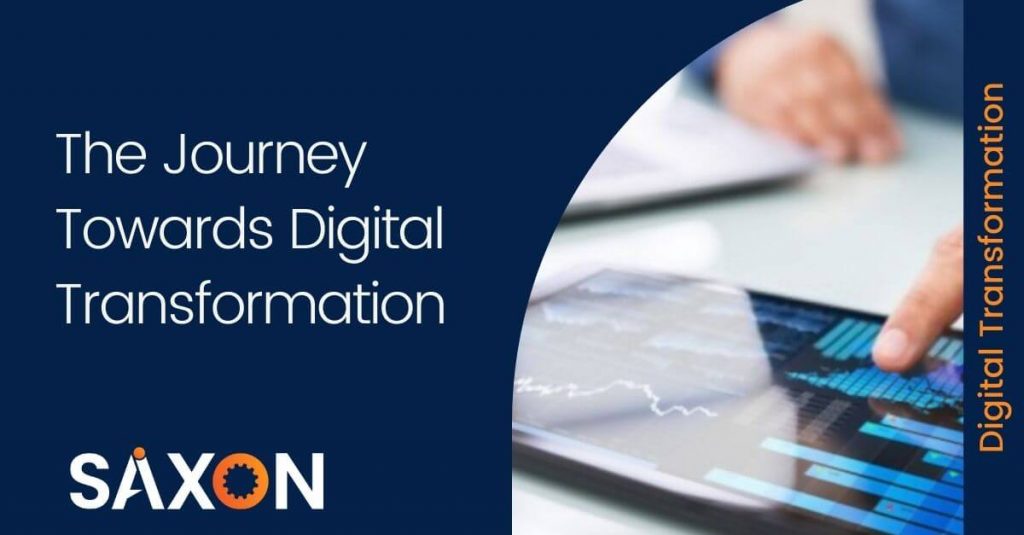Digital Transformation redefines the business by realigning the existing customer experiences, business processes, system topologies, and technologies to cater to the dynamic business and market needs. Moreover, simultaneously each process of the Digital transformation journey should add value to every customer interaction.
Each industry and domain have unique business processes that need transformation to deal with new challenges. At the same time, it should be on par with the new digitalization standards. Even though the core implementation process will be the same as using the strategies and techniques to create or modify business and operational services to reach the end goal, betterment customer service processes to deliver value to customers, and a better ROI. And it should be tightly coupled with the maturity level of the organizational thought process towards data as an asset that generates a value based on its utilization.
Digital transformation requires strong leadership to drive the change, and it requires a vision for what to transform. Either it can be a mere change in how individuals work and collaborate or how the business processes are executed within organization and across boundaries. But when it comes to customer satisfaction, it can specifically target the organization’s approaches to understand the customer needs more technically with quantifiable and actionable insights to serve the customers in a better way.
This can be categorized into a few areas of improvement as follows.
Customers – Improved customer experience, Lower churn, Ease of doing business. Leverage CRM tools, redefining the CX experiences with ECMS solutions, IA, UX & UI, AI Bots, Self-service solutions, etc.
Operations – Better efficiency, Lower support costs, Faster response times. Usage of ITSM solutions, Digital platform adoptions, Infrastructure/Legacy App Modernizations, Business Intelligence, AI, IoT, and Robotic Process Automation along with Cloud/Hybrid and IaaS/PaaS/SaaS environments, etc.
Employees – Better efficiency, Lower employee turnover, Increase engagement with Collaborative Solutions, Enterprise/Productivity Apps, Training Solutions.
All the above challenges and possibilities can be achieved with Industry-specific approaches by developing innovative solutions, increase the speed by process automation, reduce the cost overheads with cloud and modernization options, and all these strategies can transform the traditional experiences with a new digital age as part of the Digital Transformation journey.

